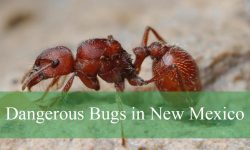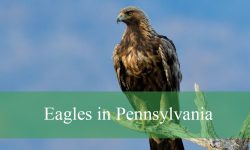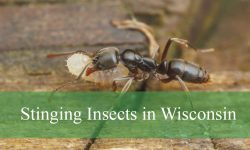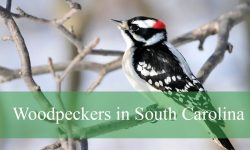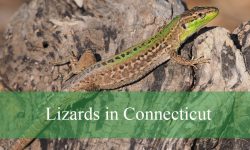Colorado is home to a fascinating variety of gray birds that add subtle beauty to its diverse landscapes. From mountains to plains, gray birds in Colorado can be found in many habitats across the state. Their gray plumage often helps them blend into rocky cliffs, forests, and open fields.
Identifying gray birds in Colorado can be challenging because many species share similar shades and patterns. However, each bird has unique features, behaviors, and calls that make it easier to tell them apart. This guide highlights 19 gray bird species commonly seen in Colorado, complete with photos and identification tips.
Birdwatchers at all levels will find value in learning to recognize gray birds in Colorado. Knowing where and when to spot these species can make outdoor adventures more rewarding and enjoyable throughout the year.
Common Gray Birds Found in Colorado
Northern Mockingbird
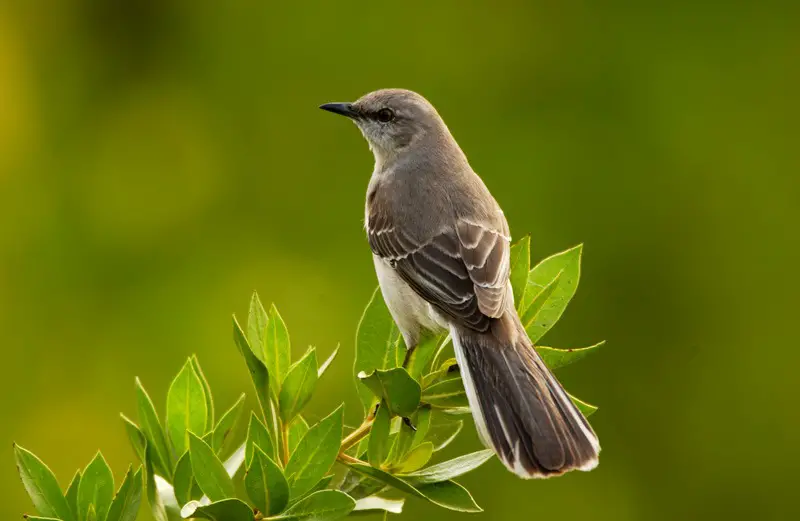
The Northern Mockingbird is a medium-sized songbird known for its impressive vocal range and silvery-gray plumage. Adults typically measure around 8 to 10 inches in length, with a slender build, long legs, and a long tail edged in white. Their upperparts are a smooth pale gray, while the underparts are whitish. The wings show two prominent white wing bars that are especially noticeable in flight. Their black bill is slightly curved, and their piercing yellow to light-gray eyes add to their alert appearance.
One of the most distinctive traits of the Northern Mockingbird is its ability to mimic the songs of other birds and even mechanical sounds. A single individual may incorporate the calls of dozens of different species into its repertoire, sometimes repeating each phrase several times in a row. Males sing loudly from treetops or rooflines, particularly during the breeding season, and they often continue singing well into the night. They are fiercely territorial and will defend their nesting area aggressively against intruders, including much larger animals.
In Colorado, Northern Mockingbirds are more commonly found in the eastern plains and urban areas, though they may also appear in open woodlands and shrubby environments. They prefer habitats with scattered trees and dense underbrush, such as parks, residential neighborhoods, and field edges. Their diet consists primarily of insects during the summer and a variety of berries and fruits in the colder months. While they are not considered abundant across the entire state, their adaptability allows them to thrive in developed landscapes.
Gray Catbird
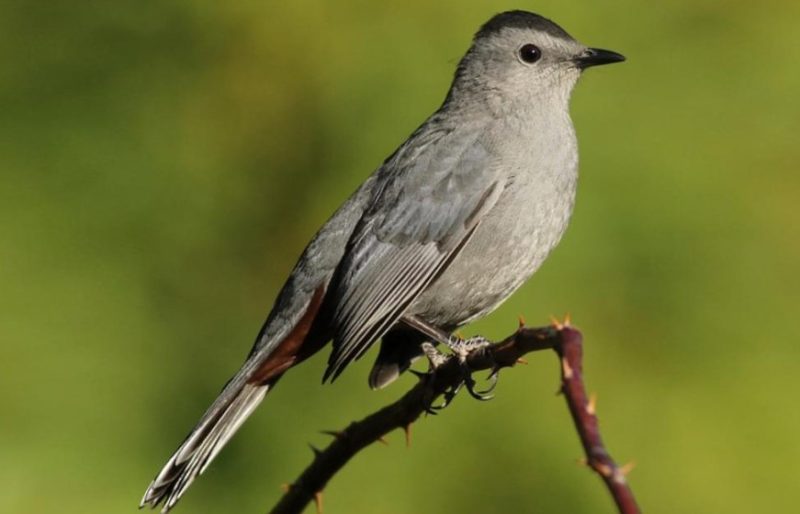
The Gray Catbird is a sleek and slender songbird characterized by its uniform slate-gray coloration and distinctive black cap. Measuring about 8.5 to 9 inches in length, it has a long, rounded tail and a slim black bill. A small rufous patch under the tail is often hidden but is a reliable field mark when seen. This bird gets its name from its unique cat-like “mew” call, though it also produces a wide variety of other sounds and imitations in a musical, chattering song.
Gray Catbirds are shy and elusive by nature, often staying hidden in thick vegetation. They are most active during early morning or late afternoon, hopping through low shrubs and thickets in search of food. Their diet includes insects, spiders, and berries, depending on the season. During the breeding season, males sing persistently to establish territories, often while perched just out of sight. They are monogamous and both parents help raise the young.
In Colorado, Gray Catbirds are typically summer visitors, especially in the eastern and central regions of the state. They favor riparian areas, deciduous forests, and dense shrubby habitats along streams and in urban parks. Although not overly common in the arid western half of the state, they can be locally abundant where suitable cover and water sources are available. Migration brings them to Colorado from their wintering grounds in the southeastern U.S., Mexico, and Central America.
Blue-gray Gnatcatcher
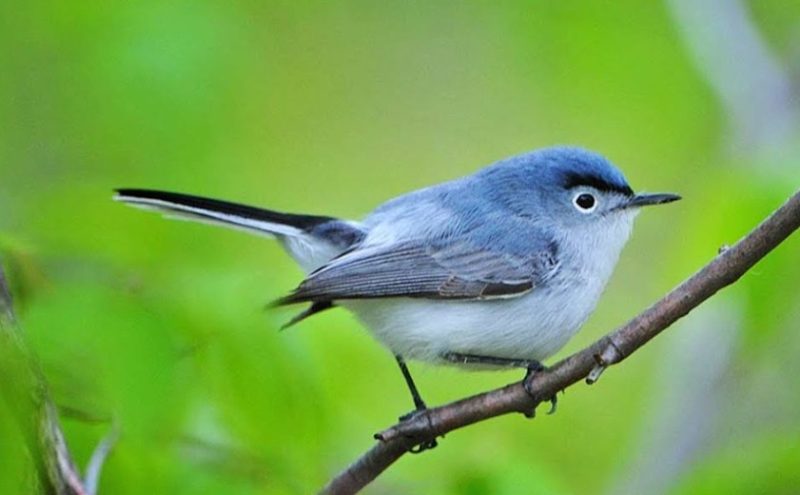
The Blue-gray Gnatcatcher is a tiny and energetic bird easily recognized by its soft blue-gray upperparts and long, black-and-white tail. Adults are about 4 to 5 inches in length, making them one of the smallest songbirds in Colorado. They have a thin, slightly curved bill, a white eye ring, and pale underparts. Males in breeding condition display a subtle black “eyebrow” line that adds character to their sharp, inquisitive expression.
This species is constantly on the move, flitting through treetops and shrubbery in search of small insects and spiders. Its long tail is often flicked side to side or upward, a behavior that helps flush out hidden prey. Blue-gray Gnatcatchers are agile and quick, often hovering momentarily near leaves or darting through the canopy. They have a soft, nasal call and a thin, wheezy song that they repeat in short bursts throughout the breeding season.
In Colorado, Blue-gray Gnatcatchers are more common in the southern and eastern parts of the state during spring and summer. They prefer deciduous woodlands, open forests, and riparian corridors with thick understory. Their nesting habits involve building a compact, lichen-covered cup nest in the fork of a branch, often high above ground. Though they migrate southward for the winter, Colorado provides important breeding habitat during the warmer months.
Black Phoebe

The Black Phoebe is a striking flycatcher known for its bold contrast in plumage and habit of perching conspicuously near water. It has a sooty black head, back, and chest, with clean white underparts that form a crisp color break. Measuring about 6.5 to 7.5 inches long, it is a compact bird with a medium-length tail and straight black bill. Its constantly bobbing tail and upright posture help distinguish it from other similar species.
Black Phoebes are primarily insectivorous, often seen darting out from a perch to snatch flying insects in mid-air before returning to the same spot. They prefer open areas near water, such as streams, ponds, irrigation canals, and even livestock watering tanks. Their vocalizations include a sharp “chip” call and a repetitive, whistled song that they use to declare territory. They are active throughout the day, especially in warm, sunny weather.
In Colorado, Black Phoebes are more frequently found in the southern and western regions of the state, particularly at lower elevations. They are considered uncommon but expanding their range, especially as irrigation and water features provide new habitats. Nests are typically built on ledges or under bridges, often close to human activity. While they are primarily year-round residents in parts of the Southwest, in Colorado they may be seen mostly during the warmer months or in milder winters.
Eastern Phoebe
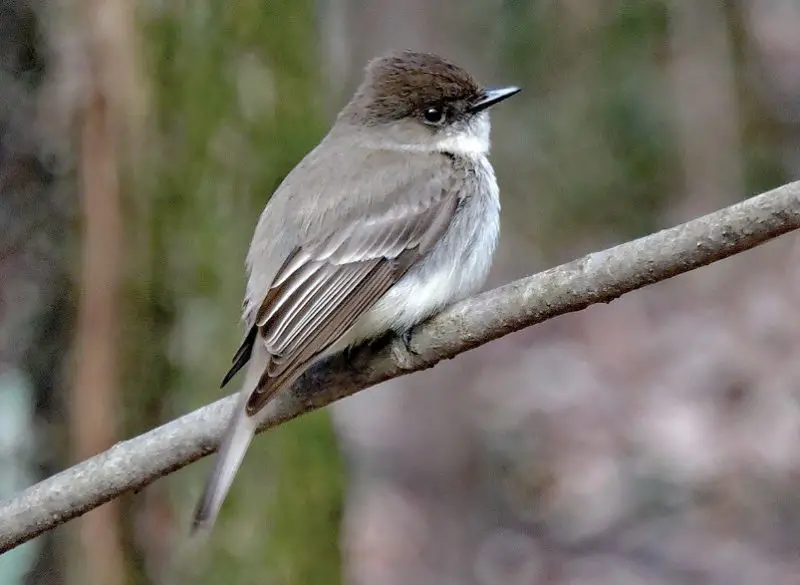
The Eastern Phoebe is a modest-looking but charismatic flycatcher with soft gray-brown plumage and a white belly. Measuring 6 to 7 inches in length, it has a slightly rounded head without an eye ring, a dark, straight bill, and a habit of frequently pumping its tail. The bird’s appearance is often plain, but subtle variations in shading and its expressive posture make it easily recognizable to experienced birders.
Eastern Phoebes are known for their distinctive tail-wagging behavior and their raspy “fee-bee” call, which they repeat frequently throughout the breeding season. They often perch low on branches or fences and make quick sallies to catch insects. Their nests are typically made of mud and moss, tucked into crevices, ledges, or human structures such as barns, culverts, or under eaves. They are among the first migrants to return in the spring and one of the last to leave in fall.
In Colorado, Eastern Phoebes are mostly found during the breeding season in the eastern plains and along riparian corridors. They prefer wooded edges, farmland, and areas with scattered trees near water. Although they are more common east of the Rockies, they are gradually extending their range westward. As cavity nesters that adapt well to human structures, they are frequently observed around ranches and rural homes with access to open fly-catching areas.
Bushtit

The Bushtit is a tiny, energetic bird known for its round body, long tail, and soft gray plumage. Measuring only about 4.5 inches in length and weighing less than a quarter of an ounce, this species is one of the smallest songbirds in North America. It has a plain face with small dark eyes, a short stubby bill, and a soft overall gray-brown coloration, though females have pale yellow irises while males have dark ones. Its long tail is often held upright or flicked as it moves through foliage.
Bushtits are social and often travel in tight, noisy flocks, especially outside the breeding season. They forage actively in shrubs and trees, hanging upside-down or flitting among branches as they pick at small insects and spiders. Their calls are soft and lisping, giving the flock a constant background of high-pitched chatter. During nesting season, they construct intricate hanging pouch nests made of plant fibers, moss, and spiderwebs—impressively large compared to their body size.
In Colorado, Bushtits are most often found in the western and southern parts of the state, especially in foothill shrublands, pinyon-juniper woodlands, and open oak forests. They prefer areas with dense underbrush or shrubby trees and are most active during the warmer months, though some remain year-round in milder regions. Their cooperative foraging and nest-building behaviors make them a fascinating species to observe in the wild.
Blue Jay (gray-blue plumage)
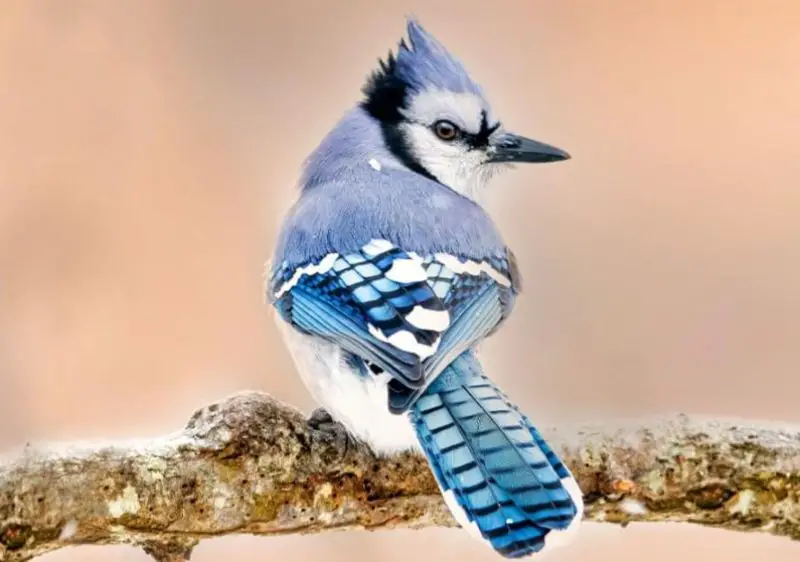
The Blue Jay is a large and intelligent songbird with a striking mix of grayish-blue, white, and black plumage. Adults measure about 10 to 12 inches in length with a prominent crest, stout black bill, and a long tail with white corners. While commonly called “blue,” the coloration on a Blue Jay includes pale to medium blue across the back and wings, with a soft grayish tint on the underparts and nape. Black barring on the wings and a black “necklace” add contrast to its otherwise cool-toned appearance.
Blue Jays are known for their loud and varied vocalizations, including harsh “jay-jay” calls and an impressive ability to mimic hawks and other birds. They are intelligent, curious, and sometimes aggressive, often chasing smaller birds away from feeders. These jays cache food like acorns and seeds for later use, displaying remarkable memory skills. They can also be seen participating in mobbing behavior when predators are nearby, alerting other birds to danger.
In Colorado, Blue Jays are more common in the eastern and southeastern parts of the state, favoring deciduous woodlands, parks, and suburban areas with mature trees. They are most abundant during spring and fall migrations but are year-round residents in areas with suitable habitat. Their flashy appearance, bold behavior, and loud calls make them easy to spot and identify across neighborhoods and wooded edges.
Clark’s Nutcracker

Clark’s Nutcracker is a large, pale gray bird from the crow family, best known for its specialized role in high-altitude ecosystems. It measures about 11 to 12 inches in length with a robust black bill, black wings with white patches, and a white tail with black central feathers. The body is pale silvery-gray, giving it a ghostly appearance as it flies through mountain forests. Its strong wedge-shaped bill is adapted for prying open pinecones.
This bird is renowned for its intelligence and its incredible memory, capable of remembering thousands of seed cache locations months after storing them. Clark’s Nutcrackers are closely tied to pine forests, particularly those with limber or whitebark pine, whose large seeds they collect and bury for later consumption. Their vocalizations are harsh and croaky, often echoing through the forest. They are social and may gather in small groups while foraging.
In Colorado, Clark’s Nutcrackers are found mainly in the mountainous western parts of the state, especially in subalpine coniferous forests above 8,000 feet. They are year-round residents and play a vital ecological role in spreading pine seeds, which helps regenerate forests. Their presence is most common in remote, high-altitude areas, though they may occasionally descend to lower elevations in winter in search of food.
Mountain Chickadee

The Mountain Chickadee is a small, active bird that stands out for its bold black cap and distinctive white eyebrow stripe. Measuring about 5.5 inches in length, it has a fluffy appearance with soft gray upperparts, pale underparts, and a short bill. Its face is sharply patterned with black and white, and its small size and constant motion make it a lively presence in mountain forests.
These chickadees are inquisitive and acrobatic, often hanging upside-down from branches as they forage for insects, seeds, and spiders. They have a dry, raspy “chick-a-dee-dee-dee” call and a clear, whistled song used especially during spring. Mountain Chickadees frequently store food in tree crevices to retrieve later, demonstrating impressive spatial memory. They are cavity nesters, often using old woodpecker holes or nest boxes.
In Colorado, Mountain Chickadees are year-round residents of coniferous forests in the Rockies and other mountainous regions. They are most commonly seen in spruce-fir, lodgepole pine, and mixed conifer stands from 6,000 to 11,000 feet in elevation. During winter, they may descend slightly and join mixed flocks with nuthatches and kinglets, often visiting feeders stocked with sunflower seeds or suet.
Loggerhead Shrike

The Loggerhead Shrike is a medium-sized songbird with a bold gray, black, and white color pattern and a hooked bill that gives it a raptor-like appearance. It measures about 8.5 to 9 inches in length, with a gray back and belly, black wings, and a broad black mask across its face. Its tail is long and black with white corners, and its beak is sharply hooked at the tip—an unusual feature for a passerine bird.
Despite its songbird classification, the Loggerhead Shrike is a predator. It hunts insects, small birds, reptiles, and mammals, often impaling prey on thorns or barbed wire to store for later. This behavior has earned it the nickname “butcherbird.” Loggerhead Shrikes prefer open habitats with scattered shrubs, fence lines, or utility wires from which they hunt. Their call is a harsh chatter or raspy series of notes, not particularly musical.
In Colorado, Loggerhead Shrikes are most common in the eastern plains and grasslands during the spring and summer breeding season. They favor open country, rangeland, pastures, and agricultural areas where they can perch and hunt effectively. Though their numbers have declined in some areas due to habitat loss, they remain a distinctive and specialized predator in Colorado’s open landscapes.
Northern Shrike
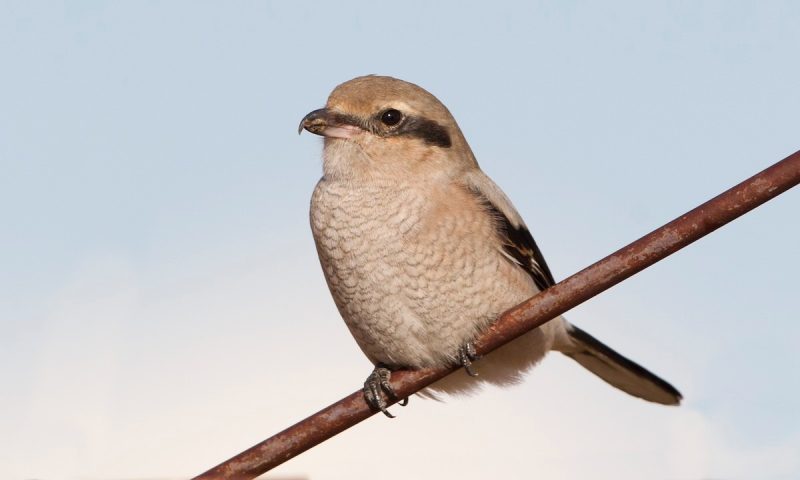
The Northern Shrike is a striking gray songbird with predatory habits, often compared to a small hawk in both appearance and behavior. Measuring about 9 to 10 inches long, it features a smooth gray back and head, white underparts faintly barred with fine gray lines, and black wings and tail edged in white. One of its most noticeable features is a black mask that stretches across its eyes, contrasting sharply with its pale face and hooked black bill.
Unlike most songbirds, the Northern Shrike is a formidable hunter. It preys on insects, small mammals, and birds, often impaling them on sharp twigs or barbed wire to store for later feeding—a behavior typical of shrikes. It uses elevated perches to scan open terrain and launches rapid attacks on its prey. Its call is a mixture of harsh trills and whistles, which may be delivered in a surprisingly musical song during the breeding season in its northern range.
In Colorado, the Northern Shrike is a rare and irregular winter visitor, primarily found in the eastern plains and open foothill areas. It prefers open habitats like shrublands, farmlands, and edges of grasslands where perches are available. Most individuals seen in the state are migrants from their Arctic and boreal breeding grounds. They are solitary during winter and can be elusive, but their distinctive appearance and behavior make them a memorable sight for birders.
Pinyon Jay
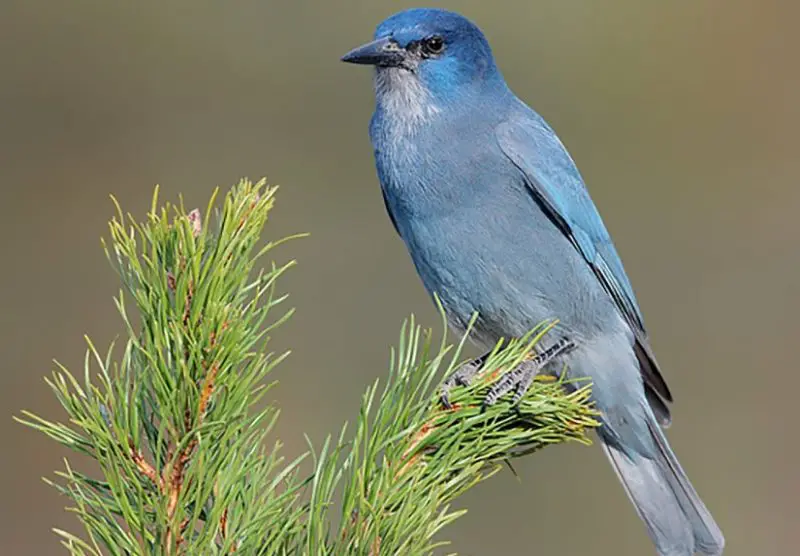
The Pinyon Jay is a stout, long-legged member of the crow family with an overall blue-gray coloration and a slightly shaggy crest that can be raised when alert. Adults measure around 10 to 11 inches in length, with a short tail and a thick, slightly curved black bill. Unlike the more vividly marked Blue Jay, the Pinyon Jay has a more uniform dusty blue color that fades to grayish on the back and underparts, with paler areas around the face and throat.
Highly social and intelligent, Pinyon Jays live in large, noisy flocks that forage together and communicate constantly with loud “kaw” and “raaah” calls. They are closely associated with pinyon-juniper woodlands and feed heavily on pinyon pine seeds, which they store in the ground to retrieve later. These jays are skilled at long-term food caching and may travel great distances in search of good cone crops. They also eat insects, fruits, and other seeds.
In Colorado, Pinyon Jays are primarily found in the western and southwestern parts of the state, especially in dry foothills and plateaus dominated by pinyon pine and juniper trees. Their presence often fluctuates with cone production, and they may wander widely during poor food years. Though not as commonly seen as some other jays, their noisy flocks and cooperative breeding habits make them fascinating to observe in their natural high-desert environment.
Say’s Phoebe
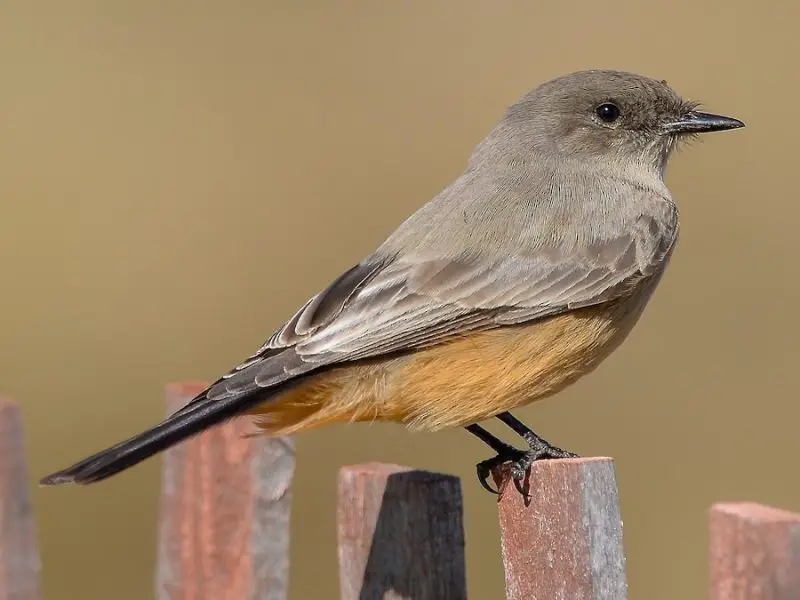
Say’s Phoebe is a graceful, slender flycatcher with soft grayish-brown upperparts, a pale throat, and a warm cinnamon-colored belly that sets it apart from other similar species. It measures about 7 to 8 inches in length and has a long tail often wagged downward in a gentle pumping motion. Its black bill is thin and straight, and its overall muted tones blend well with dry, open landscapes. In flight, it shows broad, rounded wings and a direct, fluttering flight pattern.
This bird is often seen perched on fences, wires, rocks, or low shrubs, patiently scanning for insects before launching into short, swift flights to catch them in midair. Say’s Phoebe is quiet and unobtrusive, emitting a soft, plaintive whistle or song that becomes more frequent during the breeding season. They are known for their adaptability, often nesting on human structures like barns, bridges, and porches, where they build mud-lined nests.
In Colorado, Say’s Phoebe is a widespread breeder in grasslands, deserts, and semi-arid regions, especially during spring through early fall. They prefer open country with sparse vegetation and scattered perches, ranging from the eastern plains to the western plateaus and foothills. Their early spring arrival and subtle calls are often among the first signs of seasonal change in these dry landscapes.
Western Kingbird

The Western Kingbird is a bold and eye-catching flycatcher with a mix of soft gray and bright colors. While its pale lemon-yellow belly stands out, the bird’s head and upperparts are a smooth light gray, giving it a dignified appearance. Adults measure about 8 to 9 inches long with a sturdy build, a slightly notched tail with white outer feathers, and a broad bill suited for capturing flying insects. Its wings are dusky, and a faint white line may be seen above the eyes.
Western Kingbirds are assertive and agile hunters, often seen perched on fences, posts, or utility wires along roadsides and open fields. From these vantage points, they dart out quickly to snatch insects in flight before returning to the same perch. They are also highly territorial, especially during nesting season, and will fearlessly chase away much larger birds—including hawks and crows—from their area. Their sharp, chattering calls are a familiar sound in western open country.
In Colorado, Western Kingbirds are common summer visitors across the state’s eastern plains and into some parts of the western slope. They favor grasslands, farmlands, and open areas with scattered trees or human structures for nesting. They build cup-shaped nests in trees, poles, or even on buildings. Arriving in late spring and departing by early fall, they bring both color and drama to Colorado’s wide-open summer skies.
FAQ about Gray Birds in Colorado
What are some common gray birds found in Colorado?
Common gray birds in Colorado include the Northern Mockingbird, Gray Catbird, Blue-gray Gnatcatcher, Townsend’s Solitaire, and Mountain Chickadee, among others. Each species has unique features that help with identification.
How can I identify gray birds in Colorado?
Gray birds can be identified by their size, shape, behavior, and specific markings such as wing bars, eye rings, or tail patterns. Listening to their calls and observing their habitats also helps distinguish between species.
When is the best time to see gray birds in Colorado?
Many gray birds in Colorado are most active during spring and summer, which is their breeding season. Some species are year-round residents, while others migrate through during spring and fall.
Where can I find gray birds in Colorado?
Gray birds in Colorado inhabit a range of environments including forests, grasslands, riparian areas, urban parks, and mountain regions. The specific location depends on the species, with some preferring open plains and others dense woodlands.
Are gray birds in Colorado endangered or protected?
Most gray bird species in Colorado are not endangered and are protected under general wildlife laws. However, habitat loss and environmental changes can impact some populations, so conservation efforts are important.
Do gray birds in Colorado have unique behaviors?
Yes, many gray birds exhibit interesting behaviors such as the Northern Mockingbird’s mimicry, the Townsend’s Solitaire’s territorial singing, or the Loggerhead Shrike’s habit of impaling prey. Observing these behaviors can aid identification and appreciation.


